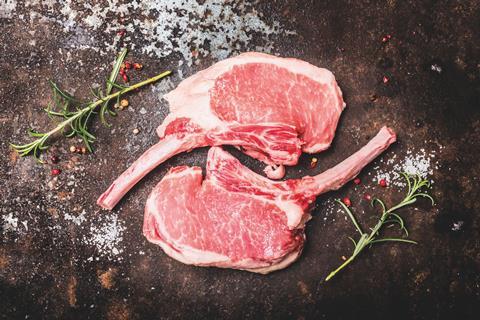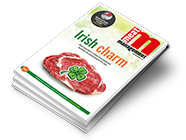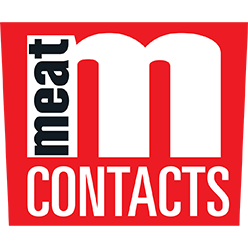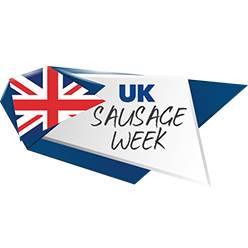The National Sheep Association (NSA) has launched a project aiming to establish whether technology exists to use meat samples to identify grazing locations.

NSA also wants to establish if the technology could identify sheep breed and the animal’s age from a meat sample.
Nicola Noble, NSA project manager, commented: “Not all meat tastes the same and the main factors affecting the flavour are the age of the animal, it’s breed and its environment. There are many varieties of apples available, yet sheep meat is very rarely advertised as nothing more than lamb. We should be embracing diversity within the UK sheep sector and allow the public to appreciate the different flavours, tastes and textures that come from the diversity.”
NSA said there is a “lack of affordable and commercially viable technology” to trace the heritage of meat. It stated that the first phase of its project was to prove the concept of using blockchain “distributed ledger” technology for food traceability with a “short and moderately simple” supply chain.
Meat samples will be analysed using a mass spectrometer to identify the pattern of phospholipids, which will reportedly act as a fingerprint. Each piece of meat will have a unique profile based on species, breed, feed, age, geographic location and flavour profile.
Noble added: “This is the first phase to test blockchain in a short, simple supply chain. The outcome should progress to a larger piece of work to develop a simple-to-use meat traceability system giving confidence to consumers and those within the supply chain that claims made of meat are genuinely as they are described.”
“Combining digital end-to-end traceability of meat in the supply chain… should help the industry promote premium breeds access markets and provide consumer confidence in where meat comes from.”
Phil Stocker, NSA
Breeds being used for this feasibility phase of the project are Swaledale sheep in the Yorkshire Dales, Herdwicks in Cumbria and Scottish Blackfaces in Scotland. Meat samples of lamb, hogget and mutton will be required from project participants and renumeration is being offered to cover sample postage and participation, said NSA.
Noble continued: “This project will use UK native sheep breeds for the proof of concept. Being able to verify the origin and traceability of meat from these specialised niche breeds will create a more level playing field by enabling better prices for native sheep, which are often penalised in the mass market.”
Phil Stocker, NSA chief executive, added: “There’s potential for this technology to be used to verify food labelling particularly in the case of origin labelling, for which current analytical methods are too complex and expensive for official labs to use for enforcement.
“Combining digital end-to-end traceability of meat in the supply chain, with the chemical analysis of the meat acting as a confirmatory test enabling verification of the blockchain information if required, should help the industry promote premium breeds access markets and provide consumer confidence in where meat comes from.”
Interested parties who keep the specified sheep breeds within the geographical locations mentioned can get involved by contacting NSA technical communications officer Anna Wilson at anna@nationalsheep.org.uk.















